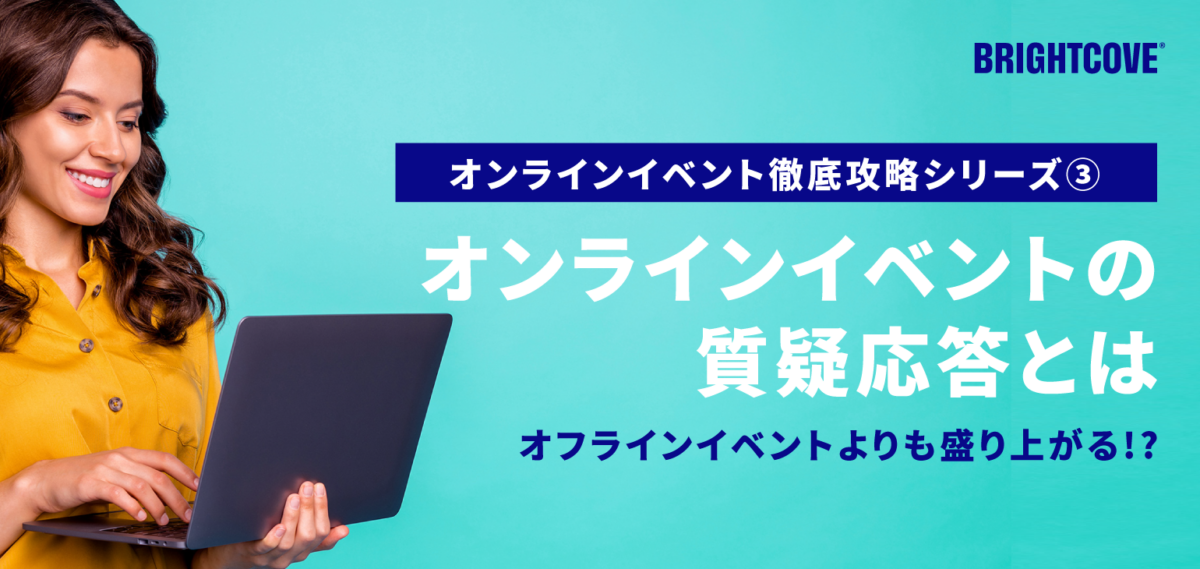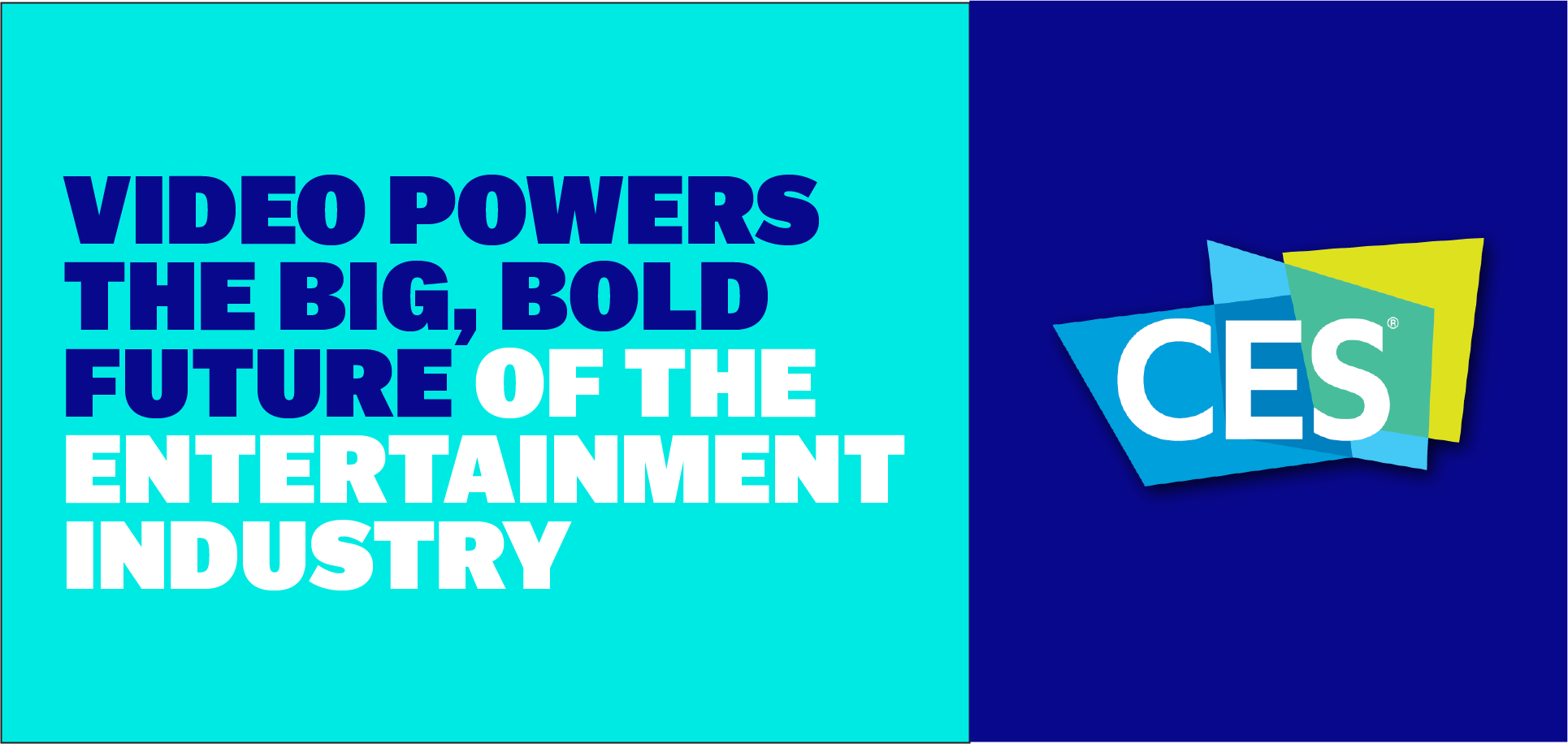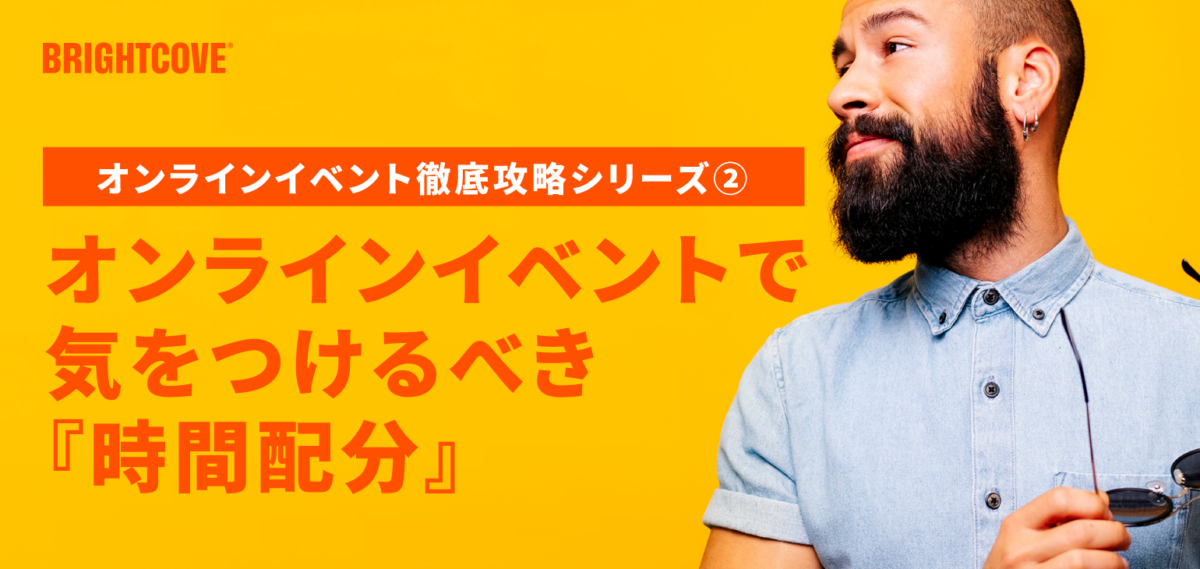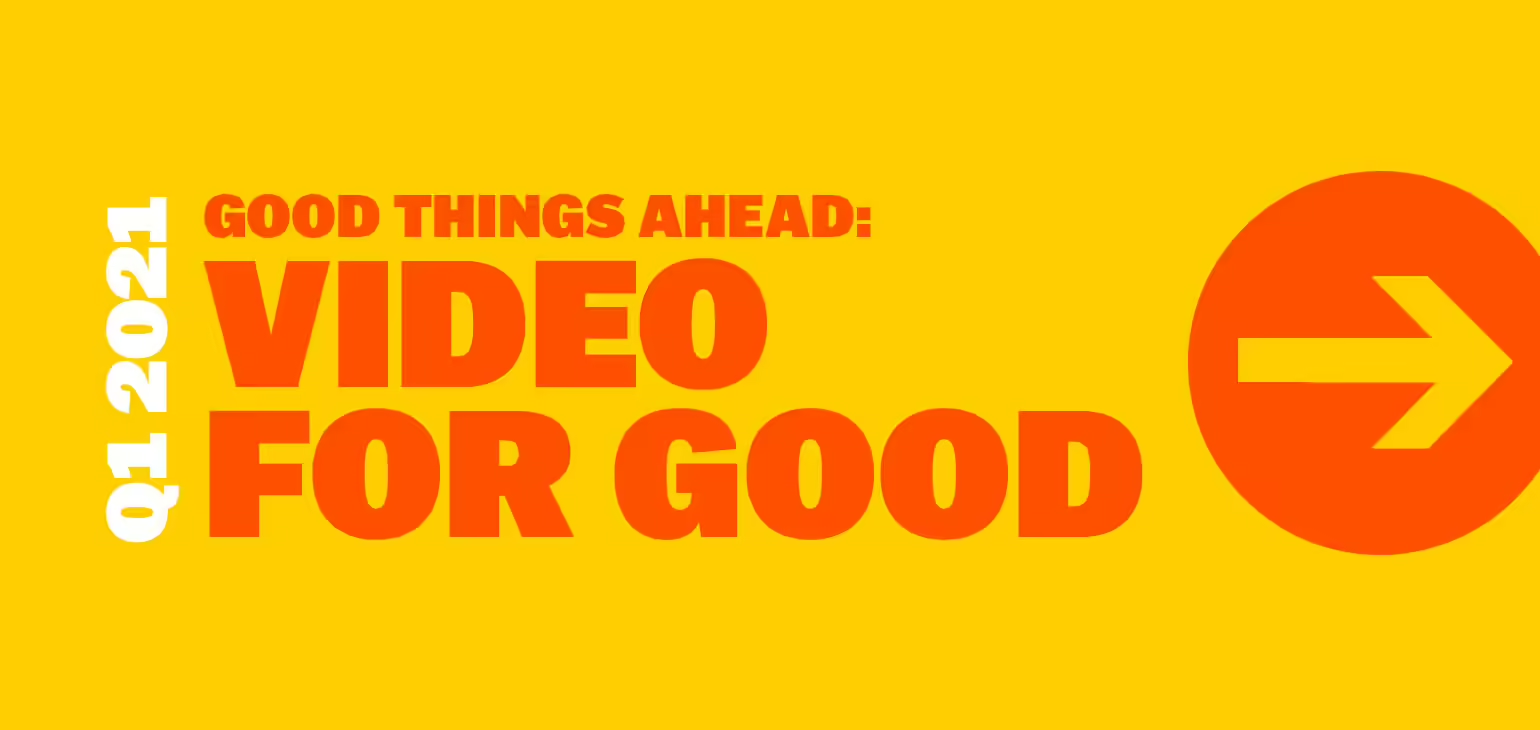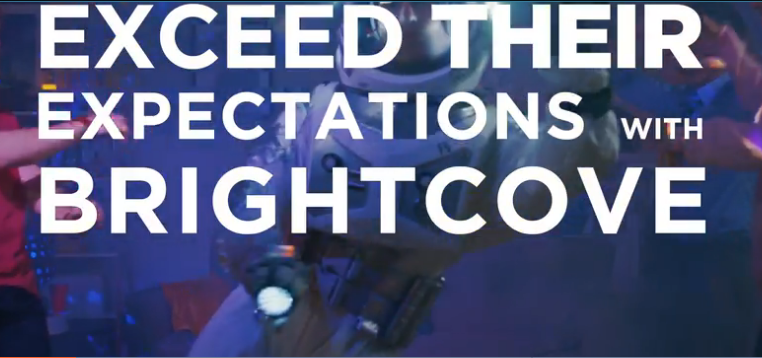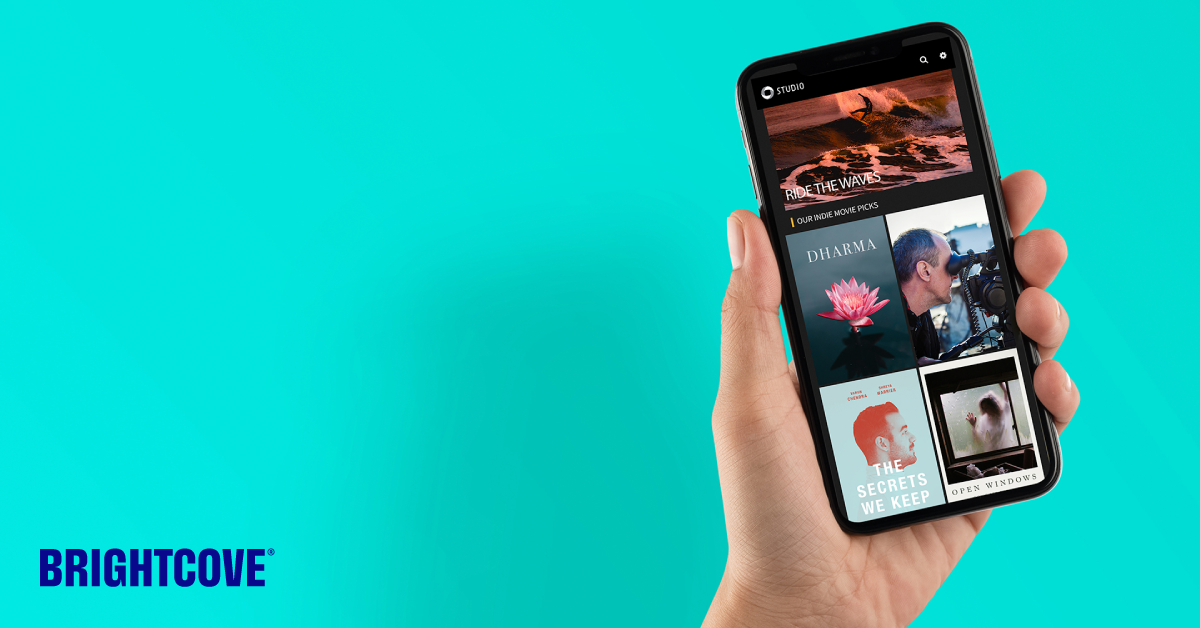2020 has been a year of unprecedented video streaming all around the world, thanks to a homebound audience hungry for entertainment. Competition for viewers has been fierce, with Disney, HBO, and Peacock all jostling their way into an already-crowded market.
This is uncharted territory for many media companies, with new players still learning the business of online TV. As for viewers, never before have they had so many options to choose from to create their own content bundles and decide how to spend their monthly entertainment budget.
To learn about consumer preferences around subscriptions, devices, payments, advertising, and more, we polled 22,000 users in 22 countries. What are the current audience trends that will shape the future of OTT beyond 2020? Here are the top five takeaways:
VIEWERS BUILD THEIR OWN CONTENT BUNDLES WITH MULTIPLE SUBSCRIPTIONS
Having a variety of streaming services to choose from lets viewers build their own custom bundles. That’s important because our research found that subscribing to a single service often doesn’t give a customer a sufficient breadth of content. Having a mix of services and adjusting that mix occasionally is an easy and relatively inexpensive way to get the content they want (and avoid paying for content they don’t).
Viewers become interested in new content in a number of ways, including social media, search, and recommendations from friends and family. Once that content has been viewed, however, the platform needs a retention strategy to entice them to come back for what they’ll watch next. For example, OTT service providers can offer additional channels as an add-on to their viewers’ monthly subscriptions. This not only helps to retain viewers on the primary service, but it also allows the provider to sell the added space to content owners.
FACTOR IN HOW VIEWERS DISCOVER CONTENT IN YOUR MARKETING CAMPAIGNS
Streaming services are now part of everyday life. What we’re watching is a frequent topic of conversation among friends, at the family dinner table, and on social media. Finding, watching, and talking about content has become a social experience. OTT providers need to understand how their prospective viewers discover content and use this insight to shape their marketing campaigns. While there are similarities around the world, the process is not the same in every market.
A MULTI-DEVICE STRATEGY IS ESSENTIAL
One of the great things about OTT streaming is that content can be accessed on different kinds of devices, a feature most subscribers take full advantage of, even if they have just one OTT service. So having a multi-device strategy is essential for maximising audience reach and keeping subscribers. Any device, any time, any place – OTT providers need to deliver consistent experiences across mobile, laptops, connected TVs, and Smart TVs.
EVOLVE YOUR PAYMENT MODELS
Consumers are motivated to minimize how much they spend on OTT services, so they are perfectly willing to subscribe to one for a particular piece of content and unsubscribe after they’ve watched it. So-called subscriber churn rates are high in an era without contracts, and as the streaming landscape grows more crowded, this trend will only continue.
To give consumers the flexibility to opt-in and out of streaming packages at any time, providers can test out various pricing strategies – weekday vs. weekend pricing, with ads, without ads, with limited ads, etc. – to see which packages are most popular. Get creative with your pricing plans and see how your viewers respond.
THERE’S A RIGHT WAY AND A WRONG WAY TO INCLUDE ADVERTISING
Providing a free-with-ads option could be a draw for users on tight entertainment budgets. In this case, almost all of the respondents polled considered 1-2 ads per break about right. In situations where ad tolerance is low (no more than one ad per break), OTT providers should sell the ad space at a premium.
If you do go with an ad-based model, make sure your ad delivery is not intrusive or repetitive. Add in cues in the video player scrubber bar so viewers know where ad breaks are. Experiment with banner ads during programming that disappears after a few seconds. Develop a feel for what your viewers consider acceptable and what they won’t tolerate.

